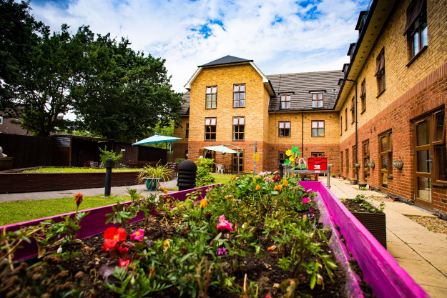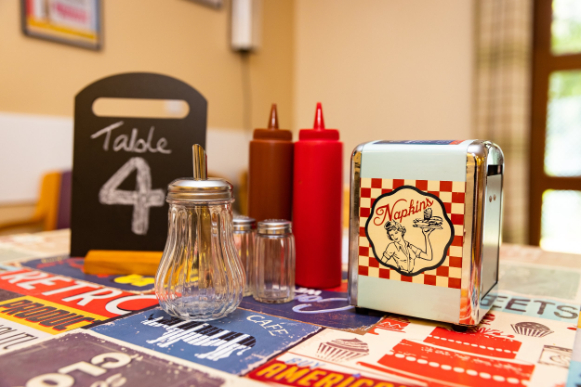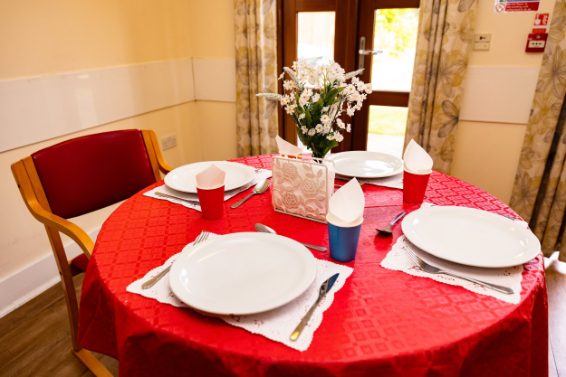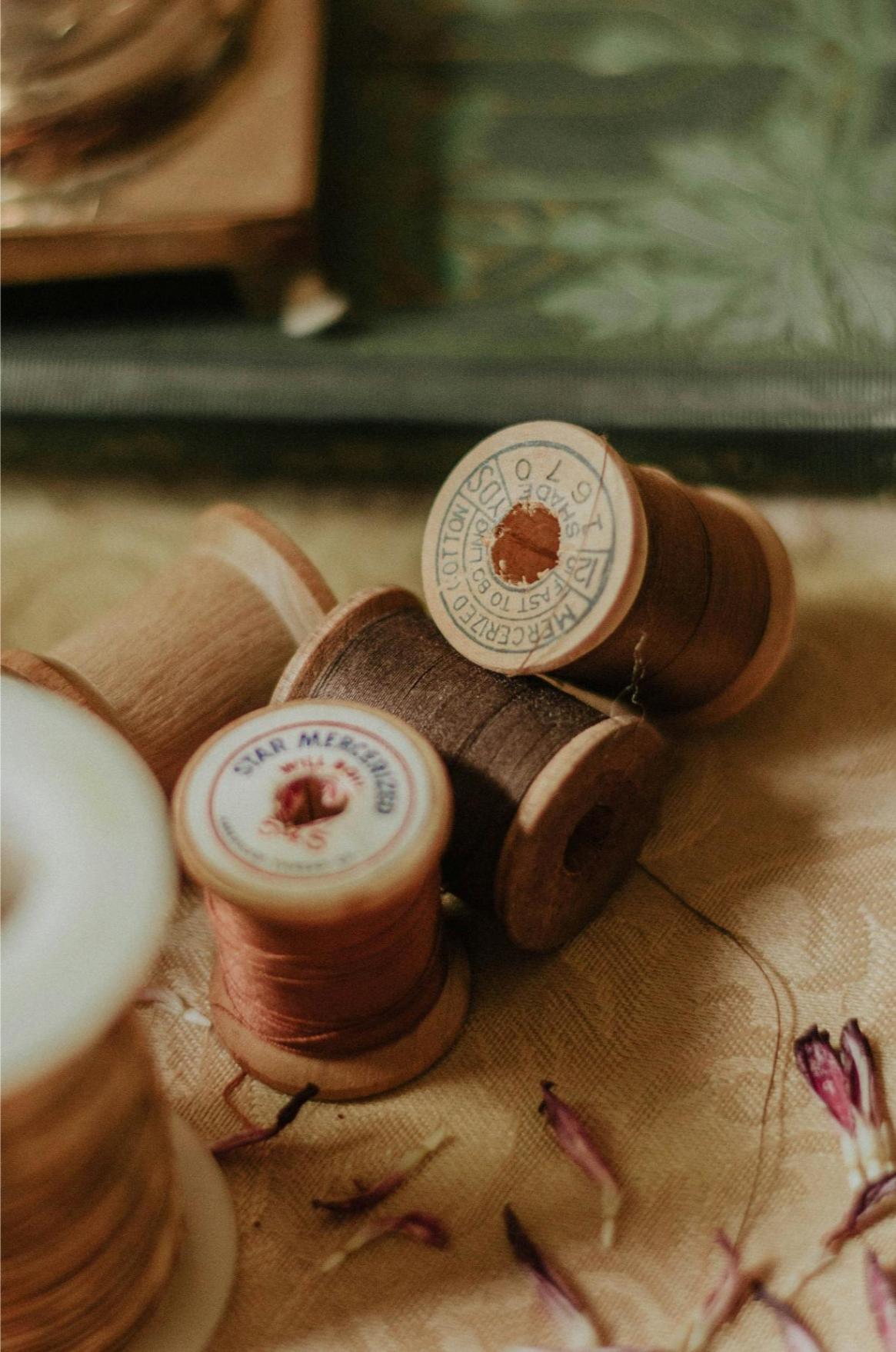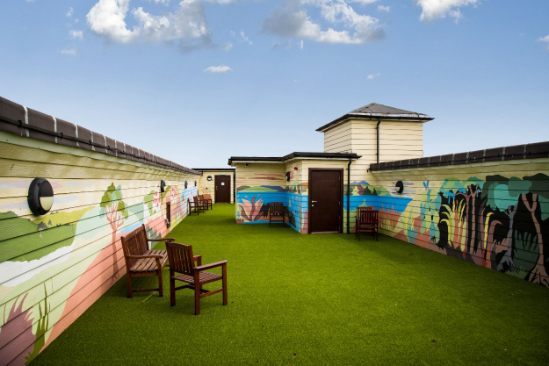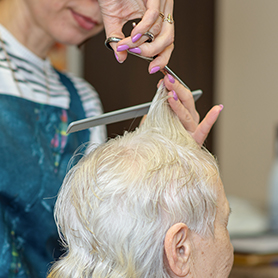At our care home, your daily life is guided by your own preferences and choices. While there is a gentle routine in place to ensure every resident receives the personalised care and support they need, we believe that no two days should feel the same. You have the freedom to decide how you start your morning, when and where you enjoy your meals, and how you spend your time throughout the day. Our dedicated team is here to support you in living your life exactly as you wish, with dignity, comfort, and independence.

